Surgery
Otoplasty is a procedure that can be performed on adults and children from the age of five, when the ears have reached their full size. The main goal of the surgery is to reposition, reshape, or reduce the size of the ears, achieving a more proportional and harmonious appearance with the face.
Otoplasty is usually performed under local anesthesia with sedation or general anesthesia, depending on the patient’s age and the complexity of the case. During the procedure, the surgeon makes a small incision behind the ear to access the cartilage. The cartilage is then reshaped, folded, or, in some cases, partially removed to create the desired form. The incision is closed with sutures, and a dressing is applied to protect the operated area.
Recovery after otoplasty is relatively quick. Patients can usually return to their normal activities within a week. It is common to wear a protective headband for a few days to aid healing and help maintain the ears in their new position.
Benefits
Cases
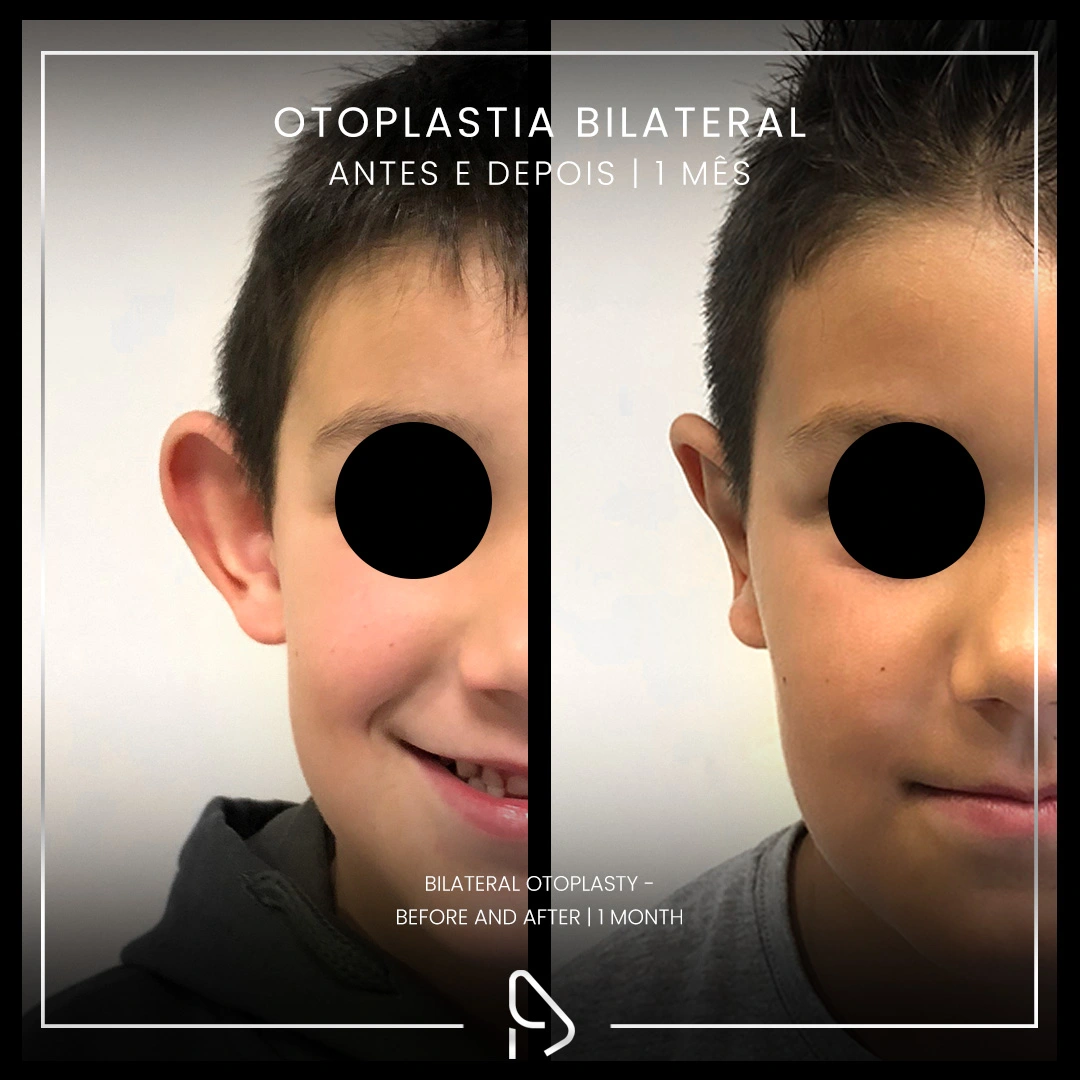
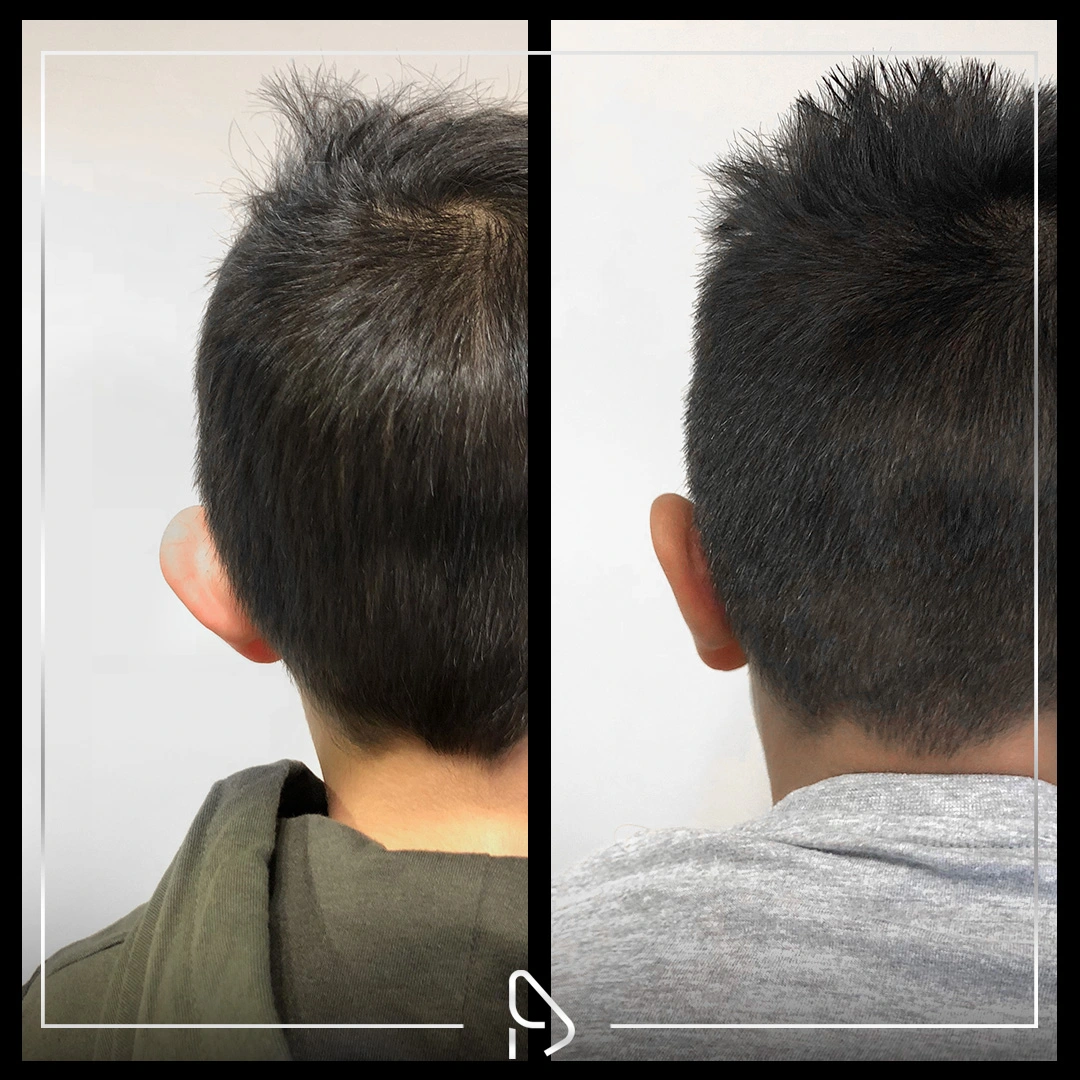
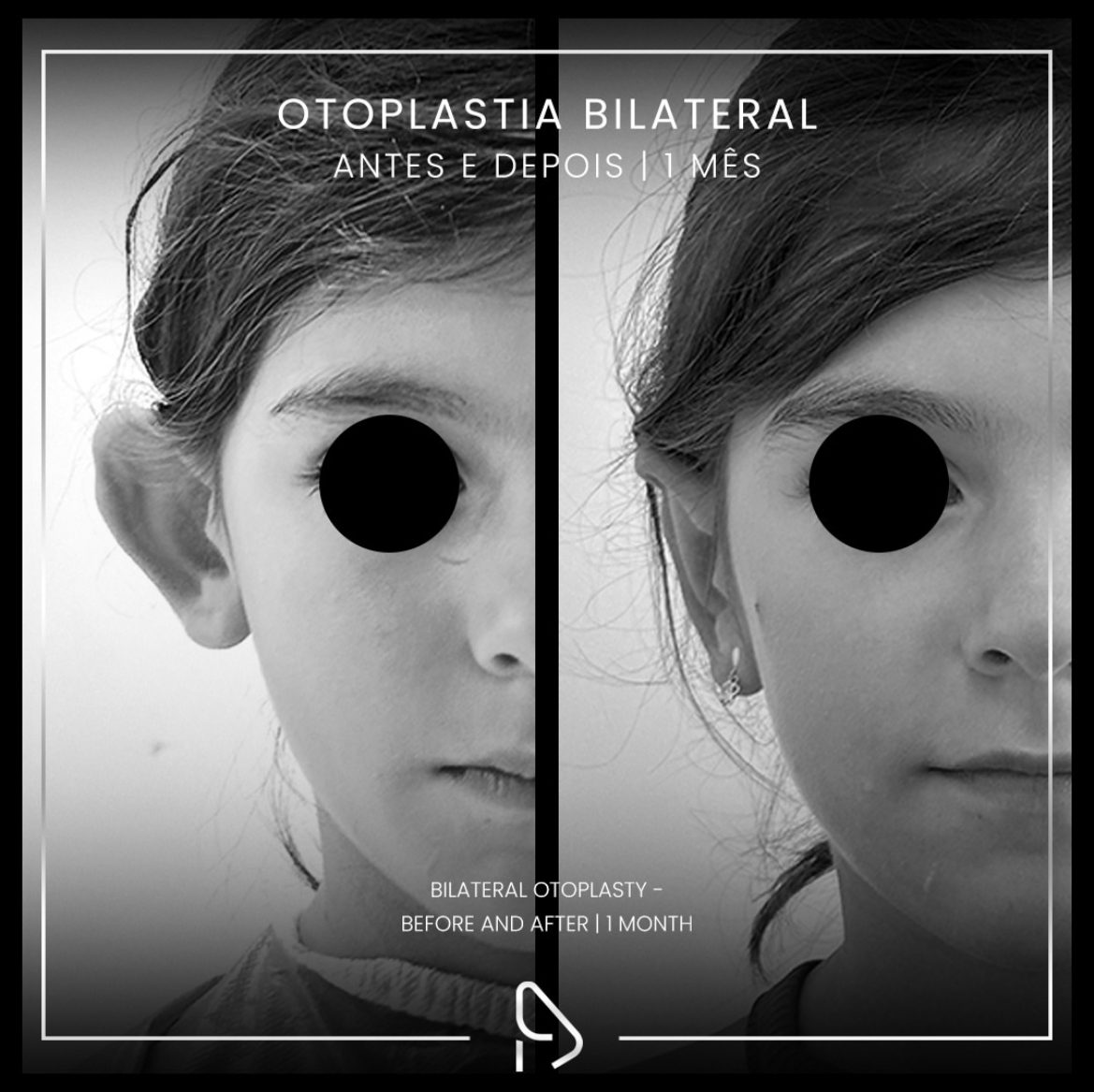
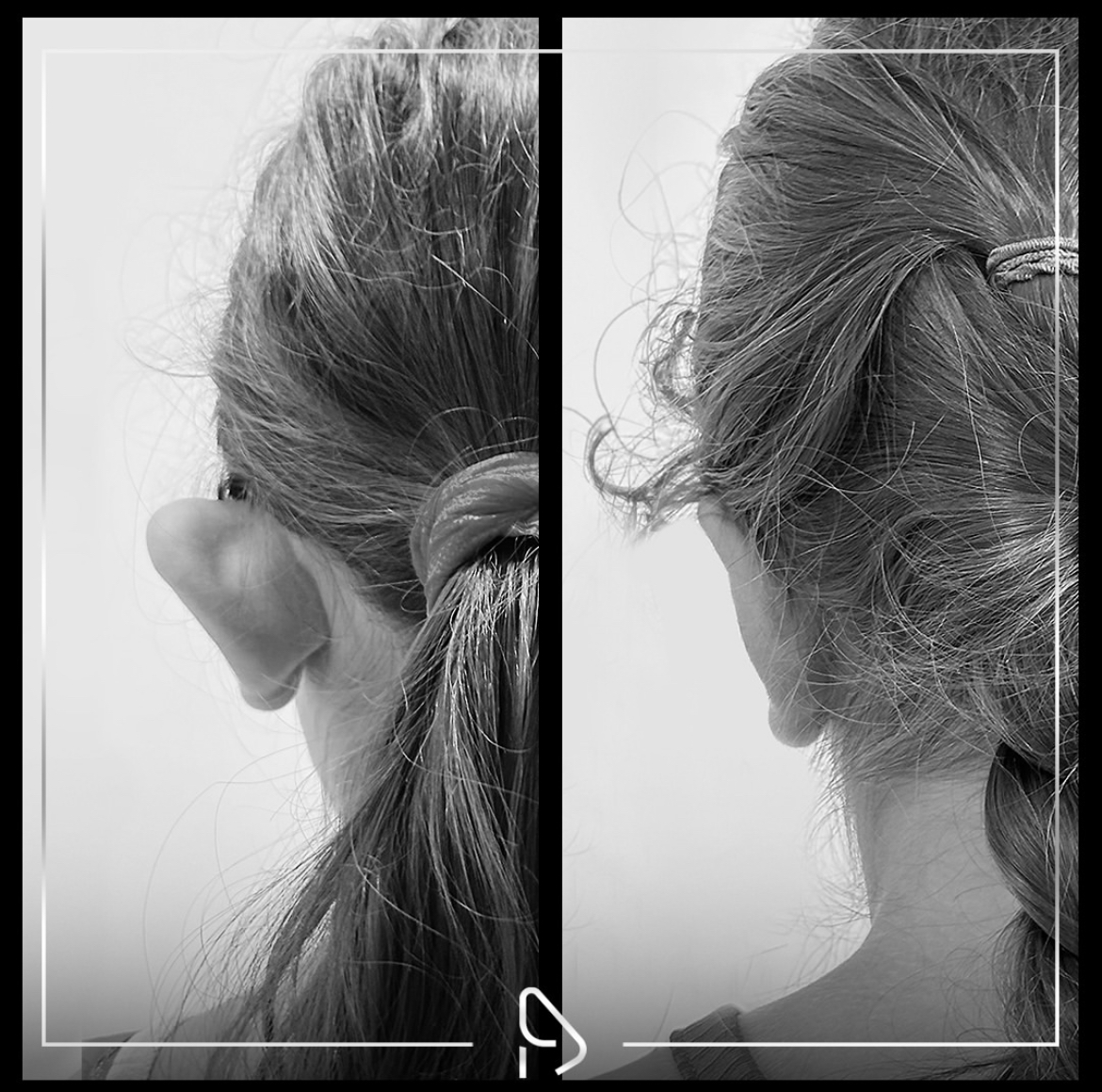
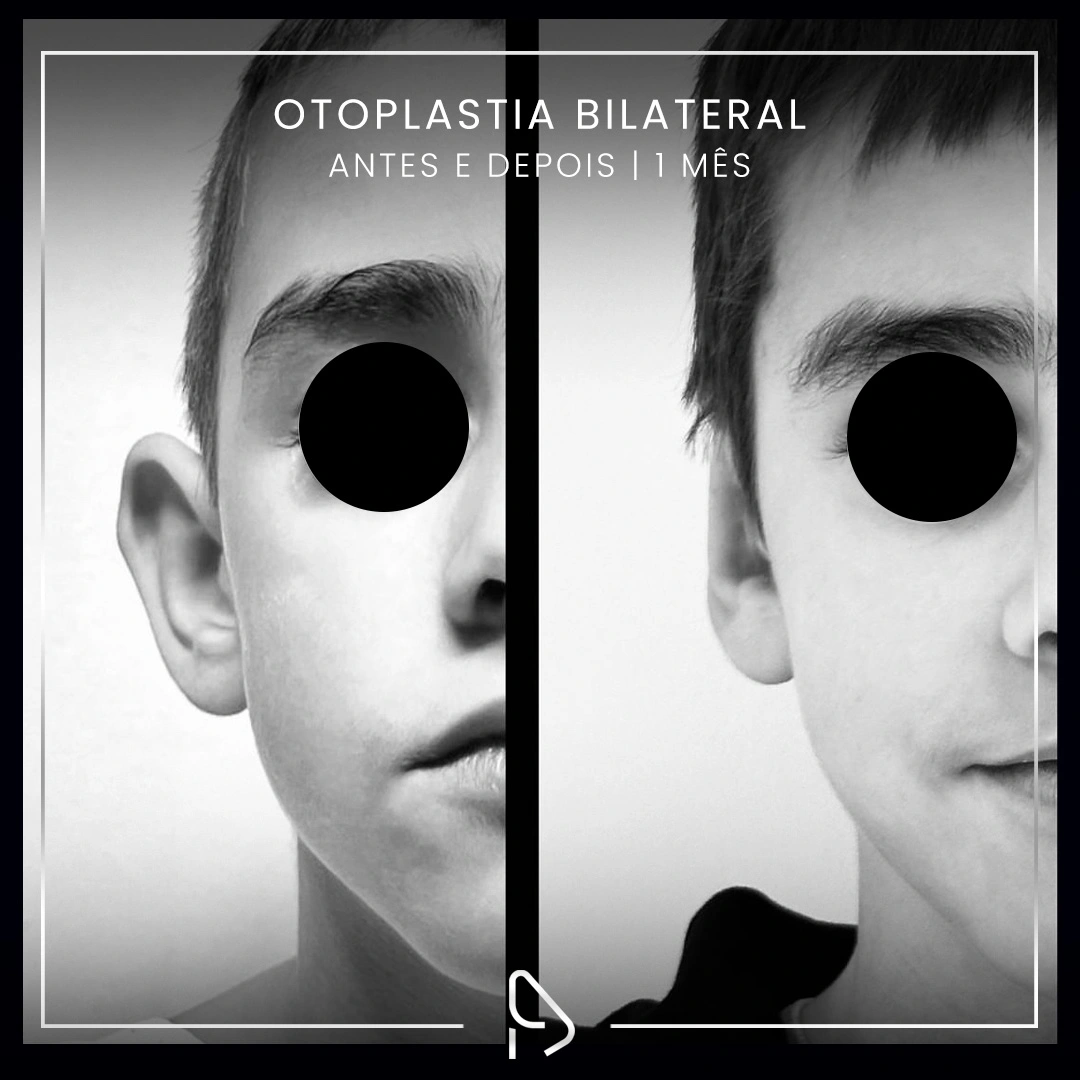
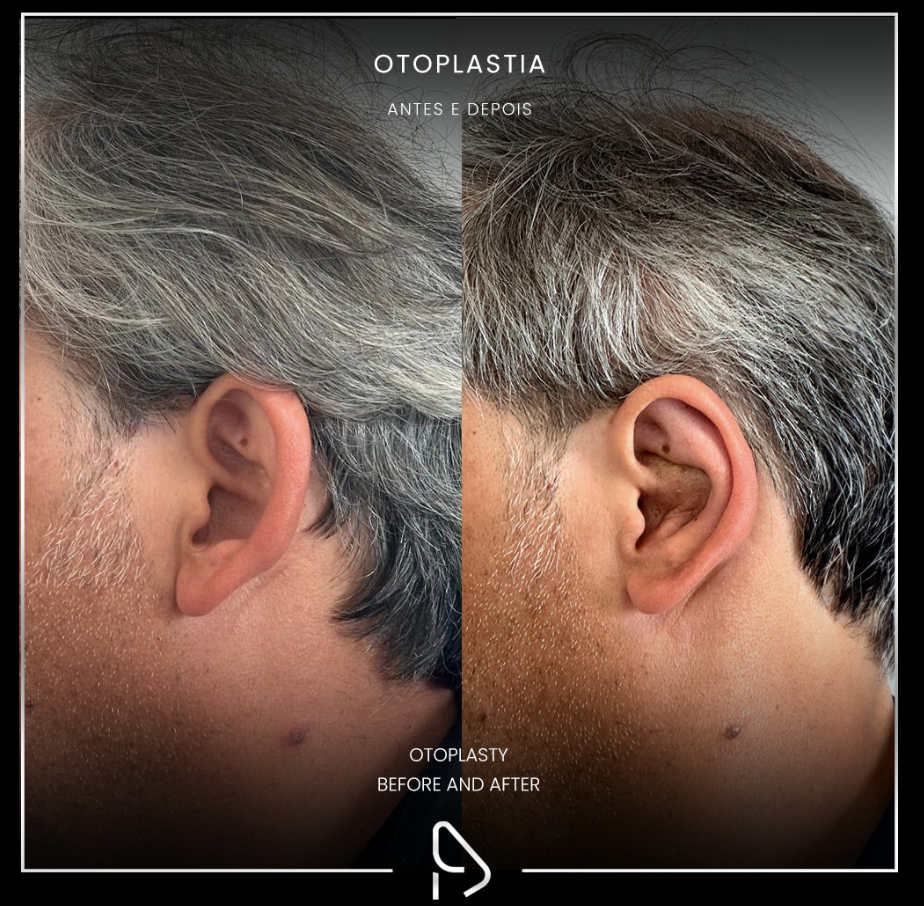
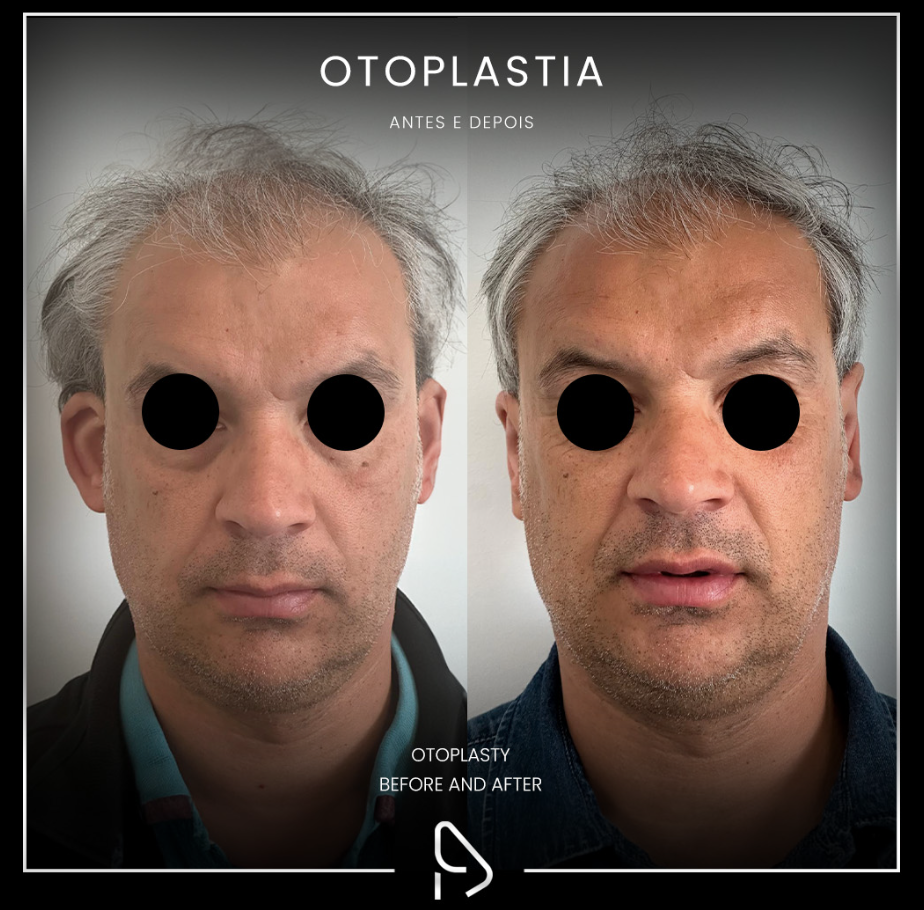
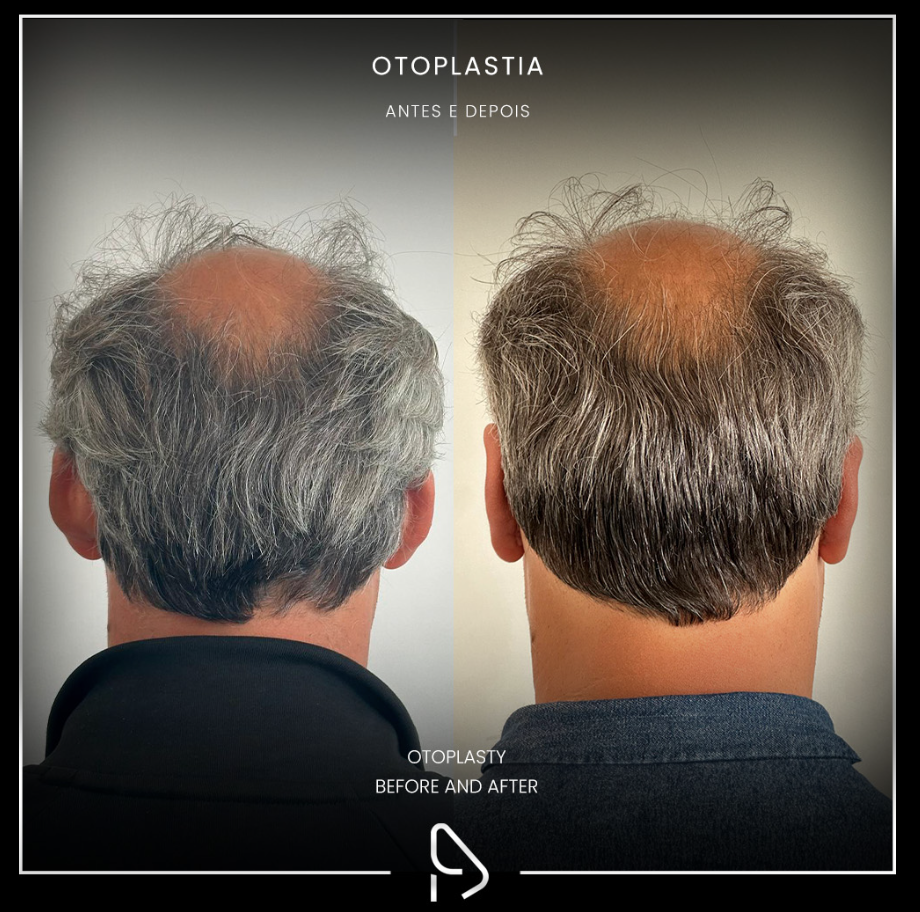
The "Before" photos show the initial condition of the patients’ ears, highlighting features such as protruding ears, asymmetries, congenital deformities, or trauma that the patients wished to correct.
The "After" photos reveal the results achieved following otoplasty. With the repositioning and reshaping of the ears, the facial appearance becomes more balanced and harmonious. The results demonstrate the precision and care dedicated to each procedure.
Initial consultation where functional and anatomical abnormalities are assessed. During this consultation, photographic records are taken, and an immediate simulation of the desired long-term result is performed.
At the second consultation, once the test results are available, the surgical plan is proposed. After six to eight weeks, the surgery can be scheduled.
The procedure is performed under general anesthesia and typically takes around three to four hours. It is usually done on an outpatient basis, meaning the patient can return home the same day.
At the first postoperative consultation, one week after surgery, the dressing is removed. The patient should wear a protective headband on the ears for several weeks to aid healing. After this period, the patient can resume normal activities, following the medical guidelines to ensure proper recovery.
Questions?
The surgery can be performed on children from 5 or 6 years old, when the ears are sufficiently developed. It is also commonly done in teenagers and adults of any age.
Yes, the results of otoplasty are considered permanent in most cases. The reshaped cartilage tends to maintain its new form over time.
Incisions are made behind the ears, in an area usually well hidden by the natural ear contour. With modern techniques and proper care, scars tend to be minimal and generally not noticeable.
Although it is impossible to show the exact final result, simulations are performed to help patients anticipate and discuss possible outcomes. These simulations help manage expectations, understand the need and relevance of aesthetic changes, and evaluate whether the procedure is appropriate.

©2025 Luís Almeida Dores • All rights reserved